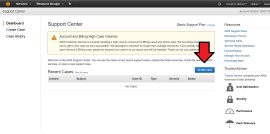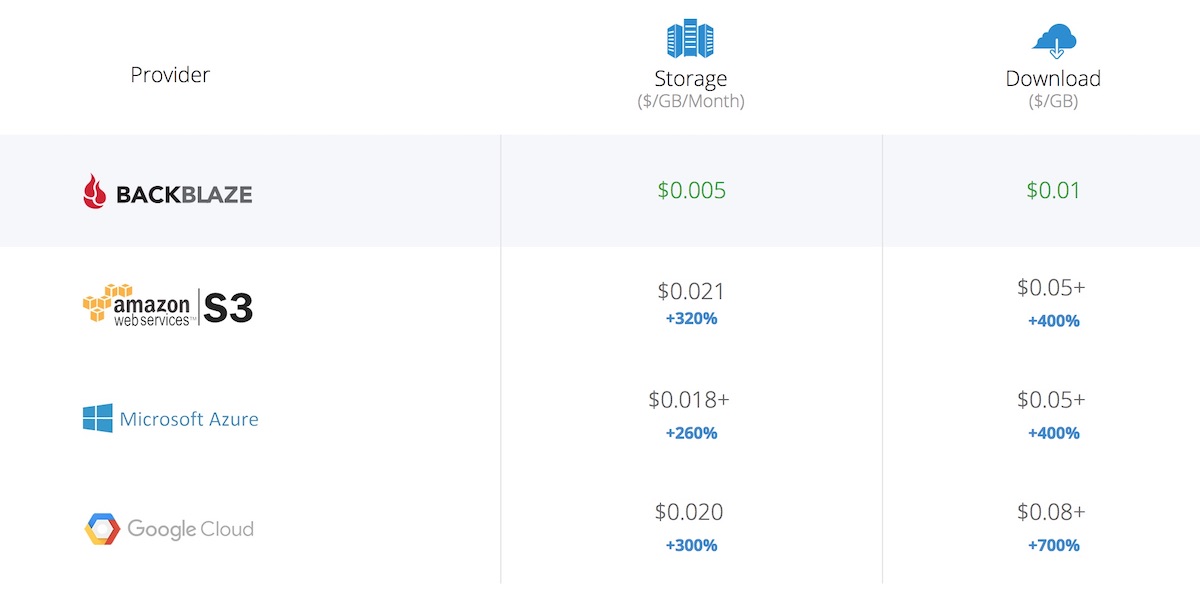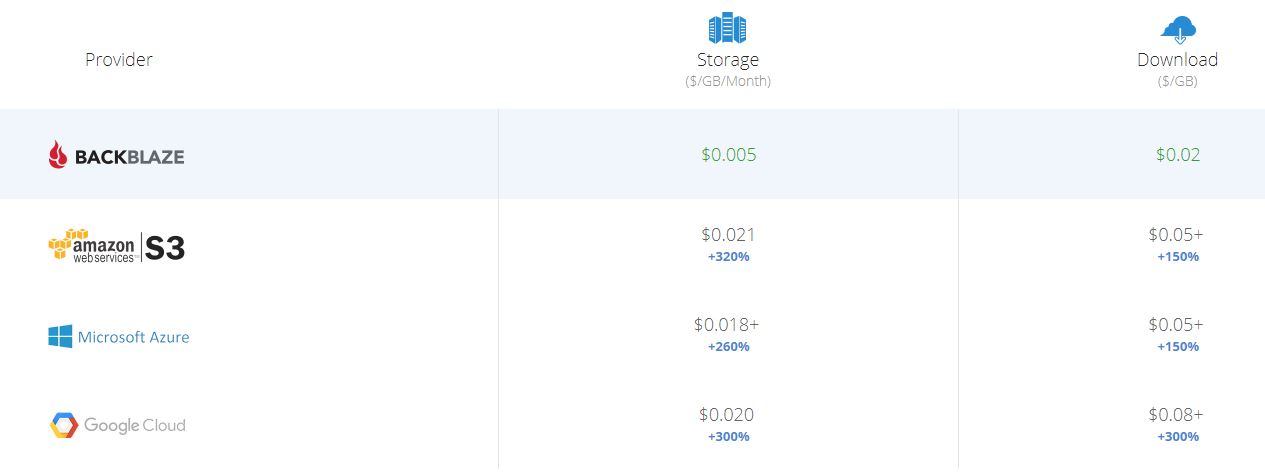
- #BACKBLAZE PRICING VS AMAZON S3 HOW TO#
- #BACKBLAZE PRICING VS AMAZON S3 ARCHIVE#
- #BACKBLAZE PRICING VS AMAZON S3 PASSWORD#
- #BACKBLAZE PRICING VS AMAZON S3 TV#
Such flexibility comes from pay-for-what-you-use pricing models. Storage platforms like those featured in this article also provides the kind of scalability and cost-control that let developers and enterprises redirect resources to other project demands. This makes such solutions more equipped for handling media, financial data, scientific data and similar high-demand objects. APIs and user-friendly portals are designed to quickly integrate storage with application infrastructure and frontends while multi-regional datacenters decrease latency. Unlike with simplified online backup tools like IDrive and Carbonite, business-class storage allows developers to build on a massive scale. For more applications aimed at entrepreneurs, check out our best accounting software roundup or our 30 apps for small business article. Should you decide to go for either of the first two in the list, we’ve done beginners’ guides for Azure and Amazon S3 we also have a Backblaze review.

We’ll be comparing four of the best of these solutions during this head-to-head roundup: Amazon S3, Microsoft Azure, Google Cloud Storage and Backblaze B2. However, there’s a much more complex class of cloud platforms aimed at application developers, enterprises with rigged compliance demands and others with broader technical needs. With regard to businesses, we often look at ideal backup solutions for SMBs and promote tools designed for simplicity, that let entrepreneurs go about the business of being entrepreneurs. Last Updated: 08 Jun'20 T08:45:05+00:00 Generally speaking, here at we put most of our focus on personal cloud backup solutions like those featured in our best cloud backup roundup.
#BACKBLAZE PRICING VS AMAZON S3 HOW TO#
#BACKBLAZE PRICING VS AMAZON S3 PASSWORD#
#BACKBLAZE PRICING VS AMAZON S3 TV#
The data that is not being backed up to the cloud is stuff like media files (movies, TV series, app downloads and so on). So, if I need to restore my data, I am able to restore my important data using an external drive without the need to recover several TBs from the cloud.

Those backup drives are being rotated and stored off-site.

My NAS does everything that is necessary and I have used the versioning system more than once.Īpart from the cloud backup there is a weekly local backup of all my data. I am fine with its price given my storage needs. About 600 GB are important to me (personal data, photos, personal home videos and stuff like that) and worthy of being backed up to the cloud on a daily basis. Apparently, it is the only option that is affordable if you have a huge amount of data (apart from “all you can eat” solutions that are on the way out IMHO).
#BACKBLAZE PRICING VS AMAZON S3 ARCHIVE#
I was not aware of this Deep Archive option.

Right now the least expensive pay as you go plan that I’ve found is Amazon S3 Glacier Deep Archive


 0 kommentar(er)
0 kommentar(er)
